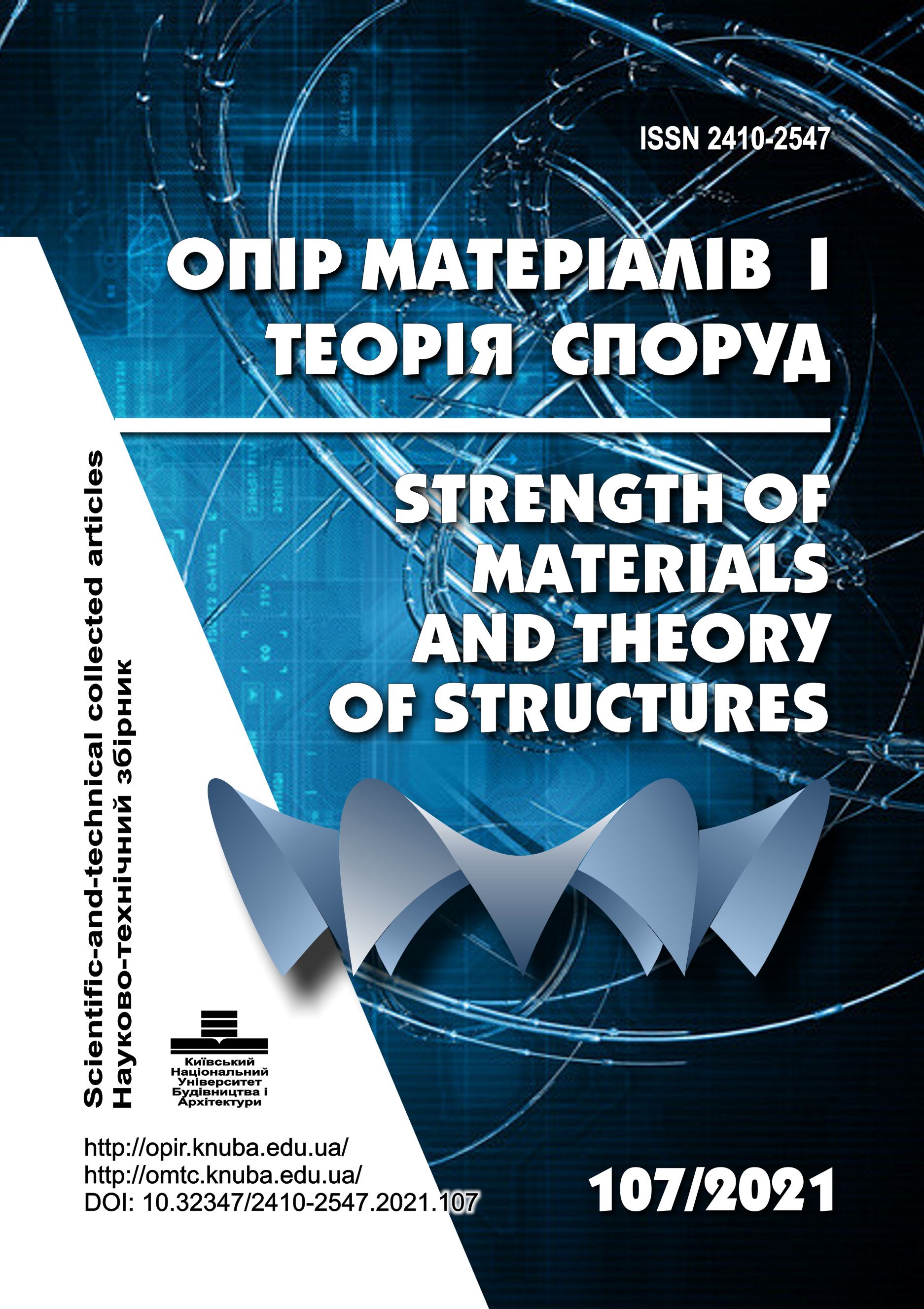Numerical research of flame propagation conditions in narrow channels using the technology of thermal impulse treatment of turbine blades
DOI:
https://doi.org/10.32347/2410-2547.2021.107.236-246Keywords:
weapons and military equipment, aircraft engine, aircraft turbine cooling systemAbstract
The analysis of the main modern trends in the development of views on the issue of cleaning of the cooling channels of turbine blades in gas turbine engines in the process of manufacture and repair at military repair enterprises has been carried out; the usage of the method of thermo impulse treatment with detonating gas mixtures for cleaning of the cooling channels of turbine blades in gas turbine engines is proposed.
Cleaning the cooling channels of turbine blades of modern gas turbine engines is one of the most complex processes in their manufacture and repair. At the manufacturing stage, the cleaning process is necessary to remove microparticles of ceramics and cutting chip that are produced during the formation of the output edges of the cooling.
References
Orlov M.G., Ospennikova O.G., Karachevtsev F.N. Ensuring the surface quality of turbine blades when applying protective diffusion coatings (in Russian).Moskow: VIAM, 2012, 206 p.
Orlov M.G., Karachevtsev F.N. On removal of oxidation and corrosion products from turbine blade channels(in Russian). Metallurgiyamashinostroeniya, 2012, No. 2, p. 29-32.
Pat. 4188237 USA, Int Cl4. B23K1/20, C23G5/00. Method for cleaning metal parts with elemental fluorine [Electronic Resource] / J. W. Chasteen; University of Dayton. – filed 2.02.1978; publ. 12.02.1980, 4 p., Available from: http://patft.uspto.gov/netacgi/nph-Parser?Sect1=PTO1&Sect2=HITOFF&d=PALL&p=1&u=%2Fnetahtml%2FPTO%2Fsrchnum.htm&r=1&f=G&l=50&s1=4,188,237.PN.&OS=PN/4,188,237&RS=PN/4,188,237.
Bozhenkov S.M., Starikovskaia S.M., Sechenov V.A. Combustible mixtures ignition in a wide pressure range. Nanosecond high-voltage discharge ignition. Proceedings of the 41st Aerospace Sciences Meeting and Exhibit (Reno, Jan. 6–9, 2003). AIAA, 2003. 11 p. Paper No. AIAA 2003-876.
Lieberman D.H., Shepherd J.E., Wang F. Characterization of a corona discharge initiator using detonation tube impulse measurements. Proceedings of the 43rd AIAA Aerospace Sciences Meeting and Exhibit (Reno, Jan. 10–13, 2005). AIAA, 2005. 12 p. Paper No. AIAA 2005-1344.
Shypul O.V., TrifonovV O.V., Tsegel'nik E.V. Modern methods of finishing cleaning by intensive energy flows (in Russian). Kharkiv: National aerospace university, 2013, 189 p.
Derjaguin В.V., Muller V.M., Toporov Yu.P. Effect of contact deformation on the adhesion of particles. Journal of Colloid and Interface Science. 1975. Vol. 53, iss. 2. P. 314–326.
Wu M.H., Burke M.P., Son S.F., Yetter R.A. Flame acceleration and the transition to detonation of stoichiometric ethylene/oxygen in microscale tubes. Proceedings of the Combustion Institute. 2007. Vol. 31, iss. 2. P. 2429–2436.
Ott J.D., Oran E.S., Anderson J.D. A mechanism for flame acceleration in narrow tubes. AIAA Journal. 2003. Vol. 41, № 7, p. 1391–1396.
Petersen E.L., Hanson R.K. Reduced kinetics mechanisms for ram accelerator combustion. Journal of Propulsion and power. 1999. Vol. 15, № 4, p. 591–600.
Warnatz Yu., Maas U., Dibble R. Combusting. Physical and chemical aspects, modeling, experiments, formation of pollutants. Berlin, PTP-Berlin Protago-TEX-Production GmbH, 2006, 388 p.
Yungster S., Rabinowitz M.J. Computation of shock-induced combustion using a detailed methane-air mechanism. Journal of propulsion and power, 1994, Vol. 10, No. 5, р. 609 – 617.
Menter F.R. Two-equation eddy-viscosity turbulence models for engineering applications. АIАА Journаl, 1994, Vol. 32, No. 8, p. 1598 – 1605.
Kader B.A. Temperature and concentration profiles in fully turbulent boundary layers. International Journal of Heat and Mass Transfer, 1981, № 24(9), p. 1541–1544.
Dachkovskyi, V.O. Datsenko, I.P. Kotsiuruba, V.I. Yalnytskyi, O.D. Holda, O.L. NedilkoO.M., SyrotenkoA.M. Experimental investigation of impact of injury measures on the protection screens of combat armoured vehicles. Strength of Materials and Theory of Structures. 2020. № 104 р. 117-135..
T.L. Kurtseitov, V.O. Dachkovskyi, Y.O. Kizyak, O.I. Uhrynovych Experimental study of stability of base wheel platforms to the influence of explosive objects. Science and Education a New Dimension. Natural and Technical Sciences,VI(22), Issue: 186, 2018. р. 58-60.
Downloads
Published
Issue
Section
License
Copyright (c) 2022 Борис Кузнецов, Андрій Дядечко, Віктор Гудима, Ігор Овчаренко, Олександр Ярошенко, Олександр Сампір, Яна Горбачова, Марія Цуркан

This work is licensed under a Creative Commons Attribution 4.0 International License.
Authors retain copyright and grant the journal right of first publication with the work simultaneously licensed under a Creative Commons Attribution License that allows others to share the work with an acknowledgement of the work's authorship and initial publication in this journal.

